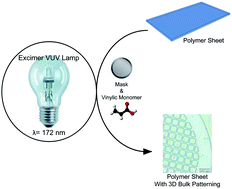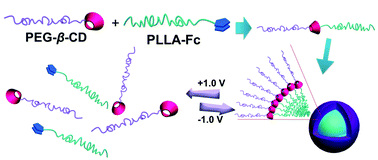Transparent polymers are now recognized by the optoelectronics industry as indispensable materials for plastic lenses and optical storage. Recently, amorphous saturated hydrocarbon polymers consisting of main-chain cyclic units, such as cycloolefin (co)polymers (COC or COP), have demonstrated material superiority and are a popular alternative to conventional transparent polymers, such as poly(methyl methacrylate) (PMMA) and polycarbonate (PC). These alicyclic polymers possess excellent properties, such as high glass-transition temperature (Tg), optical transparency, non-hygroscopicity, and low birefringence. However, there is an increasing demand for materials using natural products, such as plant oil, seed oil, tree resin, tree sap, and other plant chemicals, in place of petroleum-derived industrial materials for better sustainability. Monomers obtained from these renewable natural products to produce bio-based polymers have attracted a lot of attention in addition to conventional natural polymers, such as cellulose. Among the various natural chemicals, terpenes make up a major series of natural compounds which are biologically built up from isoprene units and are available in a large variety.

In this article, Kamigaito and co-workers cationically polymerized (−)-β-pinene, a major constituent of pine tree oil, to generate a high-molecular-weight polymer that were subsequently hydrogenated via metal catalysts to give a high-performance, bio-based cycloolefin polymer with an alicyclic backbone. To obtain the high-molecular-weight polymer, the controlled/living cationic polymerization of (−)-β-pinene was investigated by an initiating system, consisting of a protonic acid, a Lewis acid, and an added base, along with an incremental monomer addition technique. These reactions could be performed even at relatively large scales to produce several hundred grams of the polymer, which can be then processed through injection-molding. The synthesized bio-based cycloolefin polymers demonstrated promising potential properties as high performance optical plastics with good processability, low density, high optical transparency, low birefringence, non-hygroscopicity, high mechanical strength, and excellent thermal properties.
Sustainable cycloolefin polymer from pine tree oil for optoelectronics material: living cationic polymerization of β-pinene and catalytic hydrogenation of high-molecular-weight hydrogenated poly(β-pinene) by Kotaro Satoh, Atsuhiro Nakahara, Kazunori Mukunoki, Hiroko Sugiyama, Hiromu Saito and Masami Kamigaito Polym. Chem. 2014, 5, 3222-3230.
Julien Nicolas is a web-writer and advisory board member for Polymer Chemistry. He currently works at Univ. Paris-Sud (FR) as a CNRS researcher.




















